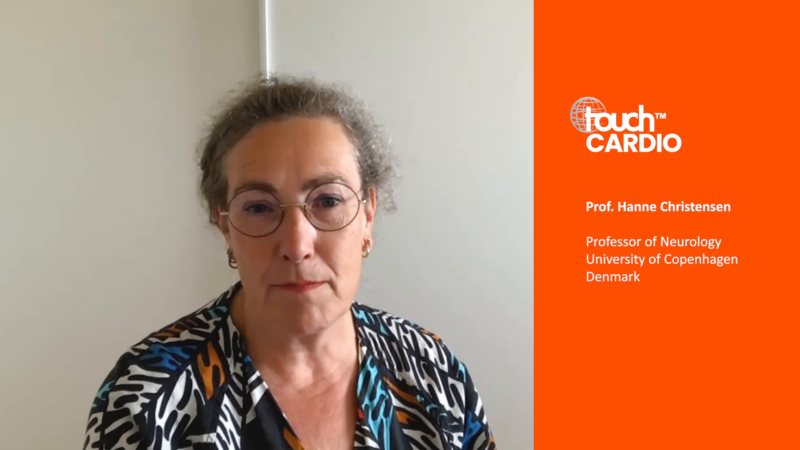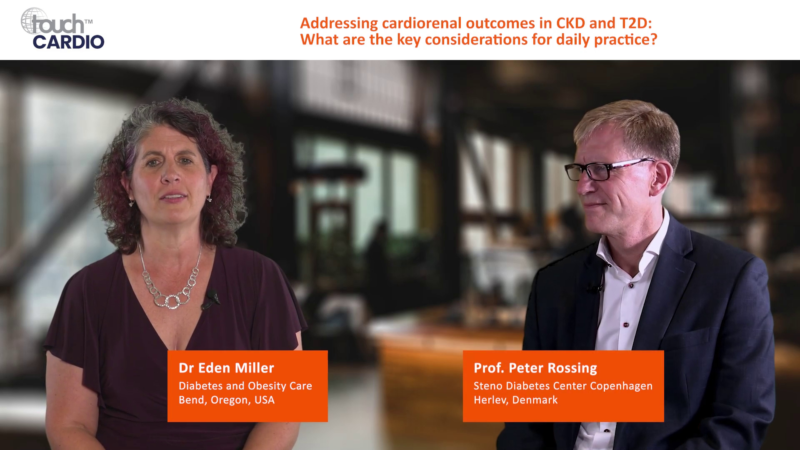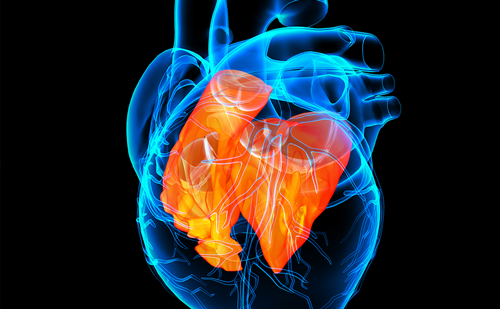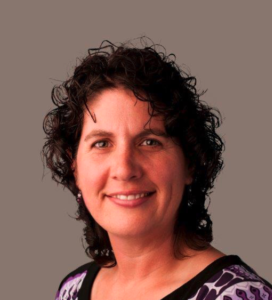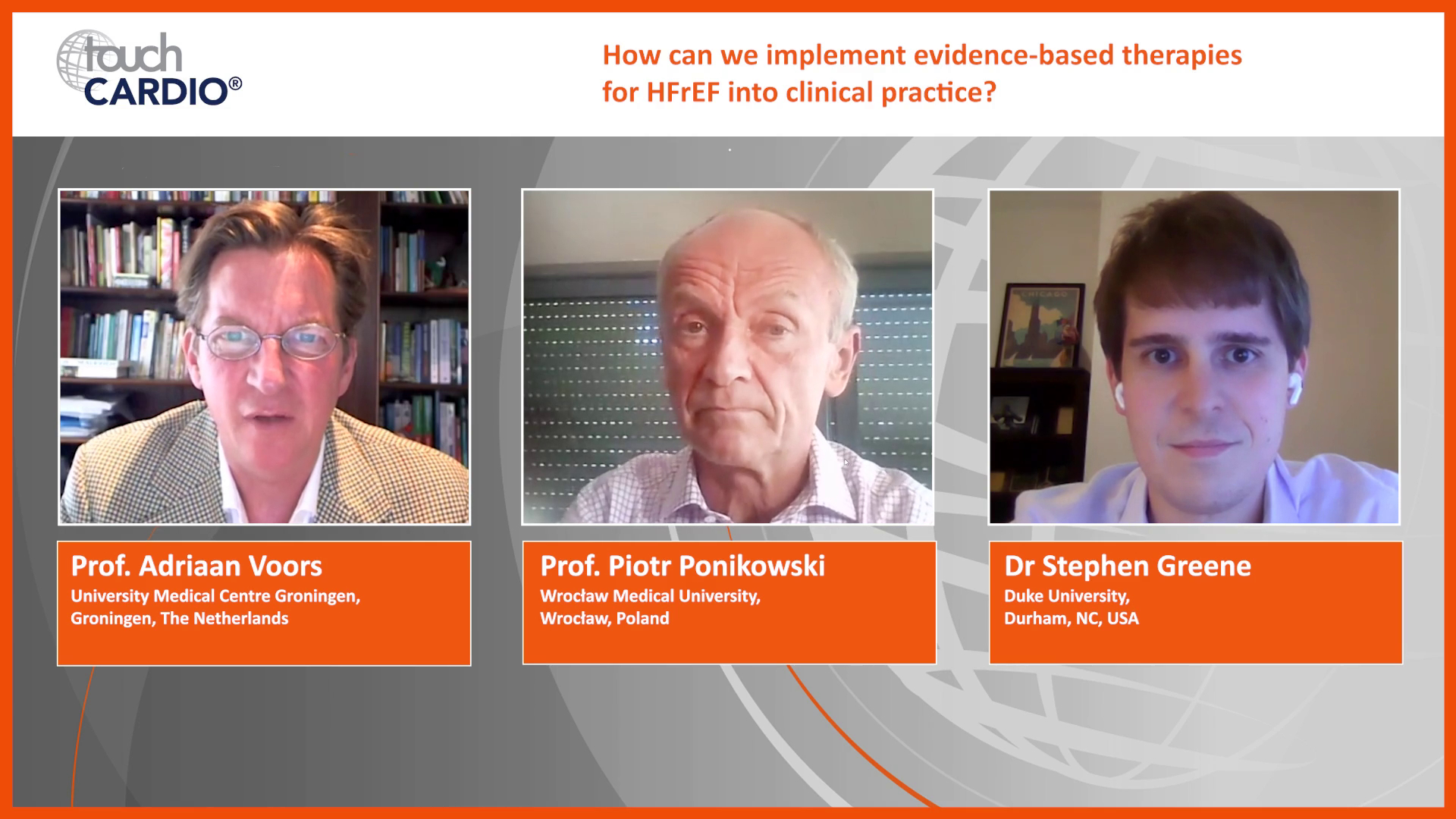touchIN CONVERSATION
 A relaxed discussion between two faculty focussed on real world clinical issues. Useful tips below will show how to navigate the activity. Join the conversation.
Close
A relaxed discussion between two faculty focussed on real world clinical issues. Useful tips below will show how to navigate the activity. Join the conversation.
Close
 A relaxed discussion between two faculty focussed on real world clinical issues. Useful tips below will show how to navigate the activity. Join the conversation.
Close
A relaxed discussion between two faculty focussed on real world clinical issues. Useful tips below will show how to navigate the activity. Join the conversation.
Close
Addressing cardiorenal outcomes in CKD and T2D: What are the key considerations for daily practice?
- Downloads including slides are available for this activity in the Toolkit
Learning Objectives
After watching this activity, participants should be better able to:
- Identify the epidemiological and pathophysiological drivers behind the progression of CKD
- Recognize the specific renal and cardiovascular risks associated with CKD and T2D and the therapies available to address them
- Apply the latest clinical guidelines to treating patients with CKD and T2D in daily practice
Overview
In this activity, an expert in endocrinology and an expert in primary care respond to questions from the CKD and T2D community on monitoring CKD progression, reducing the risk of cardiorenal outcomes, and applying the latest guidelines on CKD and T2D to daily practice.
This activity is jointly provided by USF Health and touchIME. read more
Target Audience
This activity has been designed to meet the educational needs of nephrologists, primary care physicians, endocrinologists and cardiologists involved in the management of chronic kidney disease in type 2 diabetes.
Disclosures
USF Health adheres to the Standards for Integrity and Independence in Accredited Continuing Education. All individuals in a position to influence content have disclosed to USF Health any financial relationship with an ineligible organization. USF Health has reviewed and mitigated all relevant financial relationships related to the content of the activity. The relevant relationships are listed below. All individuals not listed have no relevant financial relationships.
Faculty
Prof. Peter Rossing discloses: Consultancy fees from Astellas, AstraZeneca, Bayer, Boehringer Ingelheim (BI), Eli Lilly and Company, Gilead, Merck Sharp and Dohme (MSD), Novo Nordisk and Sanofi. Grants/research support from AstraZeneca, Bayer and Novo Nordisk.
Dr Eden Miller discloses: Advisory board/panel fees from Abbott, Bayer, Eli Lilly and Company, and Novo Nordisk. Grants/research support from Abbott. Speaker’s bureau fees from Abbott, Bayer, Boehringer Ingelheim (BI), Eli Lilly and Company, and Novo Nordisk.
Content reviewer
Claude Bassil, MD, FACP, FASN has no financial interests/relationships or affiliations in relation to this activity.
Touch Medical Director
Sola Neunie has no financial interests/relationships or affiliations in relation to this activity.
USF Health Office of Continuing Professional Development and touchIME staff have no financial interests/relationships or affiliations in relation to this activity.
Requirements for Successful Completion
In order to receive credit for this activity, participants must review the content and complete the post-test and evaluation form. Statements of credit are awarded upon successful completion of the post-test and evaluation form.
If you have questions regarding credit please contact cpdsupport@usf.edu
Accreditations
Physicians
This activity has been planned and implemented in accordance with the accreditation requirements and policies of the Accreditation Council for Continuing Medical Education (ACCME) through a joint providership of USF Health and touchIME. USF Health is accredited by the ACCME to provide continuing medical education for physicians.
USF Health designates this enduring material for a maximum of 0.75 AMA PRA Category 1 CreditTM. Physicians should claim only the credit commensurate with the extent of their participation in the activity.
The European Union of Medical Specialists (UEMS) – European Accreditation Council for Continuing Medical Education (EACCME) has an agreement of mutual recognition of continuing medical education (CME) credit with the American Medical Association (AMA). European physicians interested in converting AMA PRA Category 1 CreditTM into European CME credit (ECMEC) should contact the UEMS (www.uems.eu)
Advanced Practice Providers
Physician Assistants may claim a maximum of 0.75 Category 1 credits for completing this activity. NCCPA accepts AMA PRA Category 1 CreditTMfrom organizations accredited by ACCME or a recognized state medical society.
The AANPCP accepts certificates of participation for educational activities approved for AMA PRA Category 1 CreditTM by ACCME-accredited providers. APRNs who participate will receive a certificate of completion commensurate with the extent of their participation.
Date of original release: 25 October 2022. Date credits expire: 25 October 2023.
If you have any questions regarding credit please contact cpdsupport@usf.edu
To obtain the CE/CME credit(s) from this activity, please complete this post-activity test.
Claim Credit- Downloads including slides are available for this activity in the Toolkit
You may also be interested in...

Register to touchCARDIO for FREE
- Peer-reviewed journals and expert opinions
- Interactive CME and e-learning modules
- Video conference highlights








